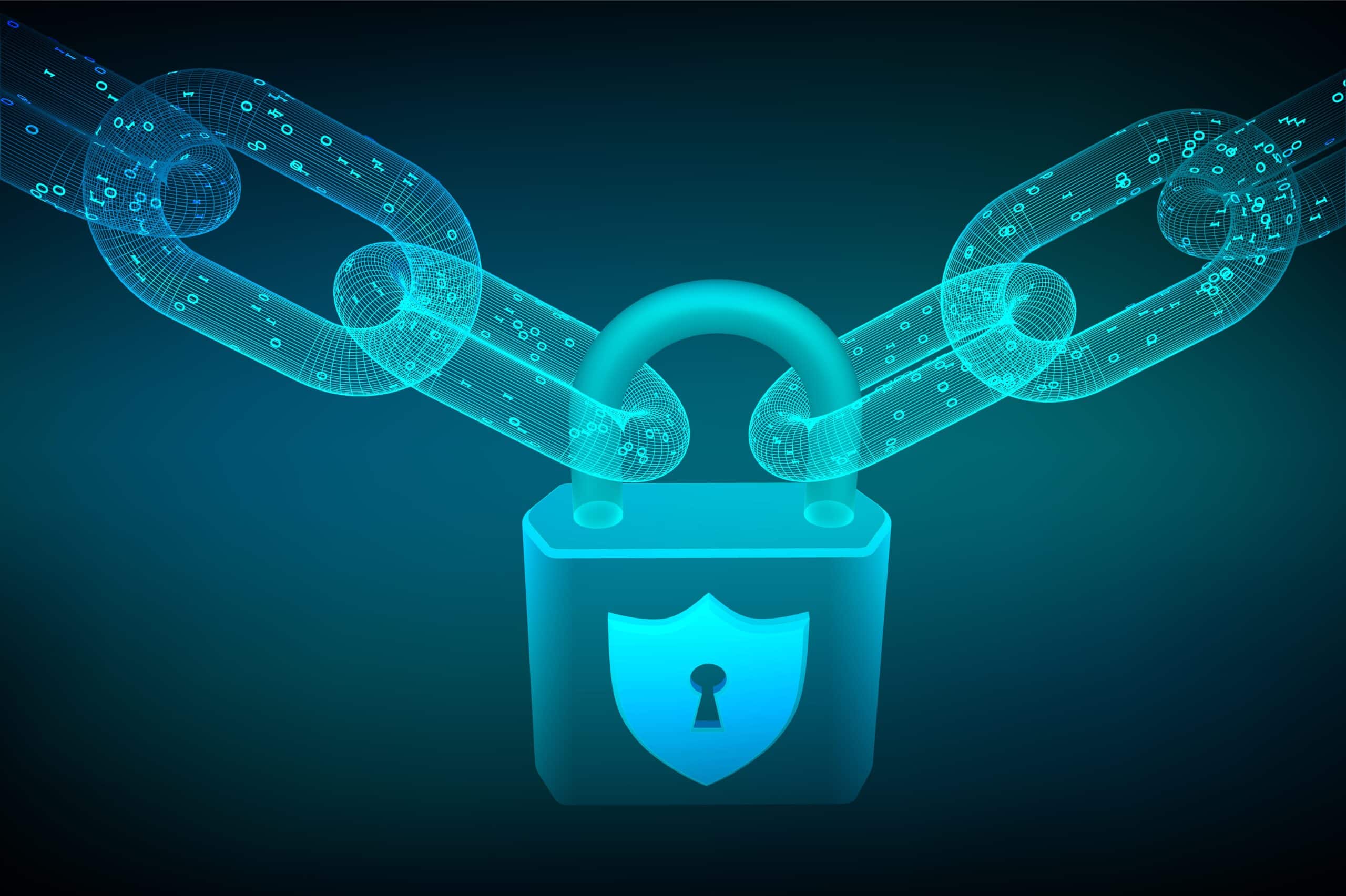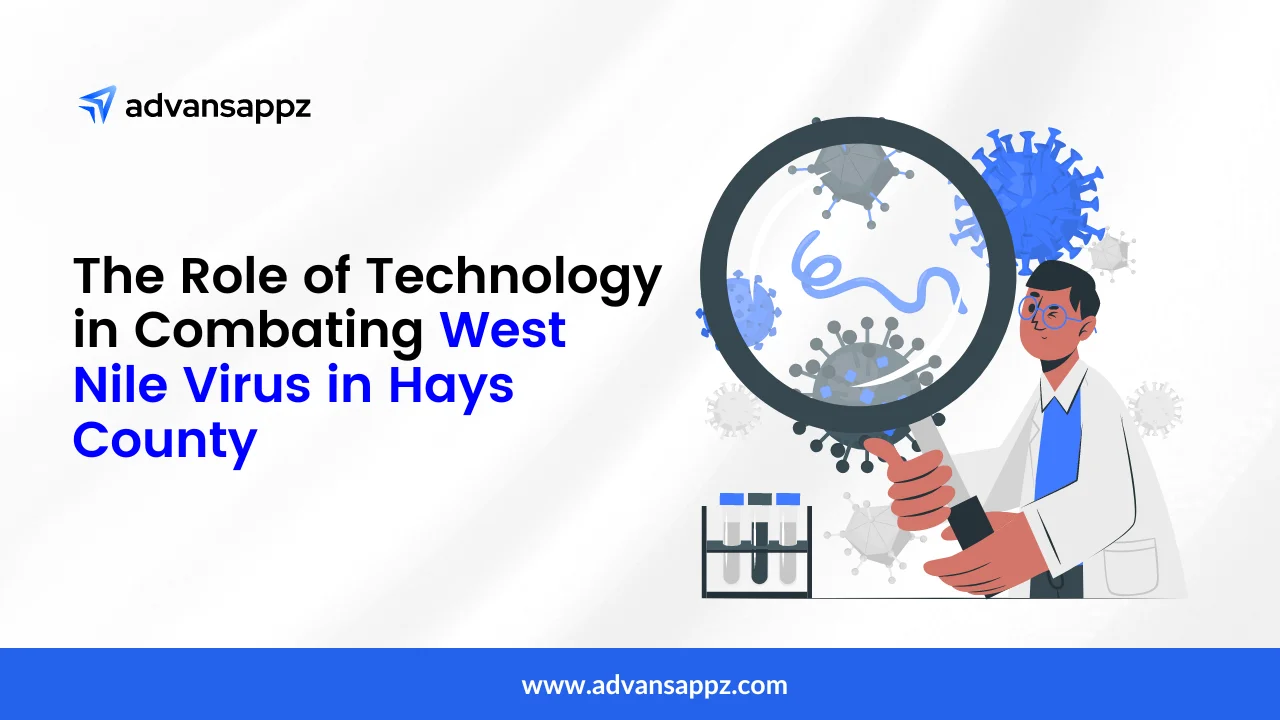In recent years, blockchain technology has grown significantly, transforming various industries, including finance, supply chain, and healthcare. Its market size is projected to reach $39.7 billion by 2025, indicating its longevity. However, blockchain is still vulnerable to security breaches despite its impressive security features. In 2021 alone, the global volume of ransomware attacks increased by 105% and the United States, Germany, and the United Kingdom were the most targeted countries by ransomware attacks.
Cybersecurity for Blockchain must be a top priority to make the most of blockchain technology while minimizing risks. Blockchain’s decentralized and transparent nature inherently provides security benefits, but being proactive in detecting and responding to security breaches is crucial to safeguarding digital assets and maintaining trust within the ecosystem.
This article aims to equip you with the knowledge and strategies necessary to identify and respond to security breaches effectively. You will learn about underlying principles, common breach types, detection methods, response protocols, and proactive security measures, allowing you to fortify the chain and protect the integrity of blockchain systems.
Understanding Blockchain Security
The security of blockchain technology is based on cryptographic algorithms and a decentralized consensus mechanism. Although it is generally secure, there may be vulnerabilities caused by external factors, human error, or implementation flaws. Therefore, it’s essential to understand the basic security principles to detect and respond to any breaches effectively.
The Most Common Blockchain Security Breaches You Must Know
While blockchain technology provides strong security measures, it is not immune to potential breaches. Understanding the most common types of blockchain security breaches is essential for implementing effective preventive measures and timely responses. Let’s explore some of the primary security breaches that can occur in blockchain systems:
51% Attack: In a proof-of-work blockchain, a 51% attack happens when an individual or group controls over 50% of the network’s computing power. This allows them to manipulate transaction confirmations, reverse transactions, and potentially double-spend coins. To prevent this, blockchain networks often require significant computational power, making a 51% attack economically infeasible.
Sybil Attack: In a Sybil attack, a malicious user creates multiple fake identities or nodes to gain control or influence over a blockchain network. By controlling a significant portion of the network, the attacker can manipulate transactions, spread false information, or undermine consensus. Preventing Sybil attacks requires robust identity verification and consensus mechanisms that limit the influence of individual nodes.
Smart Contract Vulnerabilities: Smart contracts, which automate and execute transactions on the blockchain, can be vulnerable to security flaws. Common vulnerabilities include code bugs, logical flaws, or vulnerabilities inherited from underlying programming languages. These vulnerabilities can be exploited to steal funds, manipulate contract behavior, or execute unauthorized actions. Rigorous code reviews, security audits, and testing are essential to identify and mitigate smart contract vulnerabilities.
Insider Threats: Insider threats involve individuals within an organization or network who abuse their privileged access or knowledge to compromise blockchain security. This can include unauthorized access, tampering with transactions or data, or leaking sensitive information. Implementing strict access controls, regular monitoring, and conducting background checks can help mitigate the risk of insider threats.
(DDoS) Distributed Denial of Service Attacks: DDoS attacks flood blockchain networks with traffic, causing slowdowns and unavailability. Strong network security measures like traffic filtering and load balancing can prevent this and reduce the impact.
Phishing Attacks: Phishing attacks target blockchain users by tricking them into disclosing sensitive information such as private keys or login credentials. Attackers often use fraudulent websites or emails that mimic legitimate blockchain platforms to deceive users. Educating users about phishing risks, implementing multi-factor authentication, and verifying the authenticity of websites and communications are crucial preventive measures.
Detecting Blockchain Security Breaches
By employing effective detection methods, you can identify anomalies, suspicious activities, and potential breaches early on. Let’s explore some essential techniques for detecting blockchain security breaches:
- Blockchain Analytics: Utilize blockchain analytics tools and platforms specifically designed to monitor and analyze blockchain transactions and activities. These tools can help identify patterns, detect anomalies, and flag potentially fraudulent or suspicious transactions. By leveraging data analysis and machine learning algorithms, blockchain analytics can provide insights into unusual behaviors or unauthorized activities within the network.
- Transaction Monitoring: To ensure security, it’s crucial to monitor transactions in real-time and be alert for any unusual or suspicious patterns. Keep an eye on transaction volumes, frequencies, and destinations. Any deviations from the usual pattern could be a sign of a security breach. Advanced monitoring systems use predefined rules or anomaly detection algorithms to raise alerts for further investigation.
- Network Traffic Analysis: Analyze network traffic within the blockchain network to identify any irregularities or signs of malicious activities. This includes monitoring network nodes, peer-to-peer connections, and data flows. Network traffic analysis can help detect unusual communication patterns, unauthorized access attempts, or abnormal data transfer volumes that may indicate a security breach.
- System Logs and Event Monitoring: Regularly review system logs and monitor system events to identify suspicious activities or unauthorized access attempts. You can track user activities, system changes, and potential security incidents by analyzing records and events. Automated log analysis and event correlation tools can help detect patterns and anomalies that may go unnoticed through manual inspection.
- User Behavior Analysis: Implement user behavior analysis techniques to detect abnormal user activities or deviations from typical usage patterns. By establishing baseline user behavior profiles, you can identify potentially malicious actions, such as unauthorized access attempts or suspicious transactions. Machine learning algorithms can help identify behavioral anomalies and trigger alerts for further investigation.
- Continuous Security Testing: To stay ahead of potential threats, it’s crucial to perform security assessments and penetration testing regularly. This will help you proactively identify any vulnerabilities and possible entry points for attackers. By simulating real-world attacks, you’ll be able to evaluate the effectiveness of your security controls and uncover any weaknesses that could be exploited. Consistently conducting security testing will enable you to catch vulnerabilities before they are used and allow for timely remediation.
Responding to Blockchain Security Breaches
If a security breach happens in a blockchain system, it’s essential to act quickly and efficiently to reduce the impact and protect the stability of the network. To respond effectively to blockchain security breaches, follow these critical steps:
- Isolate and Secure the Affected Component: Immediately isolate the compromised part of the blockchain system, such as a node, smart contract, or user account. Restrict access, suspend operations, and start necessary security protocols to prevent further unauthorized access or damage.
- Conduct Forensic Analysis: Gather and preserve evidence of the breach for further research. Perform a comprehensive analysis of logs, transaction records, and relevant data to determine the attack vector, the extent of the breach, and potential impacts. This analysis will provide valuable insights for remediation and future prevention.
- Notify Relevant Stakeholders: Promptly inform all affected users, participants, or organizations about the security breach. Maintain transparent communication to keep stakeholders informed about the incident, the actions to address it, and any necessary precautions to protect their assets and data.
- Engage Incident Response Team: Activate your incident response team or assemble a dedicated group of cybersecurity professionals. Ensure clear roles and responsibilities are assigned within the team to facilitate effective coordination and communication during the response process.
- Implement Containment Measures: Act quickly to stop the breach and prevent unauthorized access is essential. This could mean separating the systems that are affected, turning off accounts that have been compromised, pausing transactions for a short time, or setting up network segmentation to reduce the impact of the breach.
- Remediate and Recover: Once the breach is contained, focus on remediating the vulnerabilities and restoring the affected components. Patch any security weaknesses, fix compromised code or configurations, and repair tampered data or accounts. Implement backup and recovery procedures to minimize data loss and restore the blockchain system to a particular state.
- Enhance Security Measures: Learn from the security breach and strengthen your overall security posture. Conduct a thorough review of existing security measures and protocols, and make necessary improvements to prevent similar incidents in the future. This may include updating access controls, implementing more robust encryption mechanisms, conducting regular security audits, and promoting user awareness and education.
Enhancing Cybersecurity for Blockchain Security Measures
Blockchain technology has revolutionized industries by providing secure and decentralized transactions. However, it’s crucial to continuously improve security measures to prevent cyber attacks from breaching blockchain systems. Organizations can enhance their security by adopting strong cybersecurity practices for Blockchai.
Multi-Factor Authentication (MFA)
Implementing MFA adds an extra layer of security to blockchain systems by requiring users to provide multiple forms of authentication. For example, the popular cryptocurrency exchange Binance incorporates MFA using Google Authenticator or SMS verification codes to prevent unauthorized access to user accounts.
Encryption
Securing sensitive data is crucial in blockchain, and encryption is critical to achieving this. When data is encrypted at rest and in transit, organizations can prevent stolen data from being read or used in case of a breach. Monero, a privacy-focused cryptocurrency, uses ring signatures and stealth addresses to ensure secure and private transactions.
- Regular Security Audits
Regular security audits are crucial for identifying vulnerabilities and weaknesses in blockchain systems. Trail of Bits, an auditing firm, conducts comprehensive security audits of smart contracts and blockchain protocols to identify potential risks and recommend remediation strategies. Thanks to their audits, critical vulnerabilities have been detected and potential exploits prevented.
Continuous Monitoring and Intrusion Detection
Implement real-time monitoring solutions and intrusion detection systems to promptly detect and respond to security threats. The blockchain security platform Chainalysis uses advanced analytics to monitor and track cryptocurrency transactions, helping organizations identify suspicious activities related to money laundering, fraud, and other illicit activities.
Smart Contract Audits
Smart contracts are vulnerable to coding errors and logical flaws that attackers can exploit. Conducting thorough audits before deploying smart contracts is essential. Quantstamp, a leading blockchain security company, offers automated smart contract audits to identify vulnerabilities and ensure the security and reliability of decentralized applications.
Regular Software Updates
Keeping blockchain software and related dependencies up to date is crucial for addressing known vulnerabilities. Ethereum, one of the most used blockchain platforms, releases regular updates to enhance security and address identified vulnerabilities, ensuring the system remains robust and resistant to attacks.
Education and Awareness
Promote a culture of cybersecurity awareness among users and stakeholders. Provide educational resources, training sessions, and guidelines to help users understand best security practices, recognize phishing attempts, and protect their private keys. The Blockchain Education Network offers educational programs and events to raise awareness about blockchain security among students and professionals.
Organizations can significantly reduce the risk of security breaches and protect the integrity of their blockchain systems by utilizing these cybersecurity measures.
Finding the Right Cybersecurity Solution Provider for a Security-Centric Approach
When it comes to ensuring the cybersecurity for blockchain systems, partnering with the right cybersecurity solution providers is crucial. With the growing complexity of cyber threats, organizations need a security-centric approach that addresses the unique requirements of blockchain technology.
Consider the following factors:
- Expertise in Blockchain Security
- Proven Track Record
- Comprehensive Security Services
- Collaboration and Customization
- Advanced Technologies and Tools
- Regulatory Compliance Expertise
- Continuous Support and Updates
Choosing the right provider ensures tailored solutions that address the unique security needs of your blockchain system, with a focus on expertise, track record, comprehensive services, collaboration, advanced technologies, regulatory compliance, and ongoing support.
Also check: The Role of Blockchain In Revolutionizing Cybersecurity
Final Words
Apart from established businesses, Cybersecurity for startups is paramount in today’s digital landscape. By implementing robust security measures, startups can protect their sensitive data, build trust among stakeholders, and mitigate the risks associated with cyber threats. Prioritizing Cybersecurity from the early stages is crucial for the long-term success and resilience of startups operating in the blockchain space.














